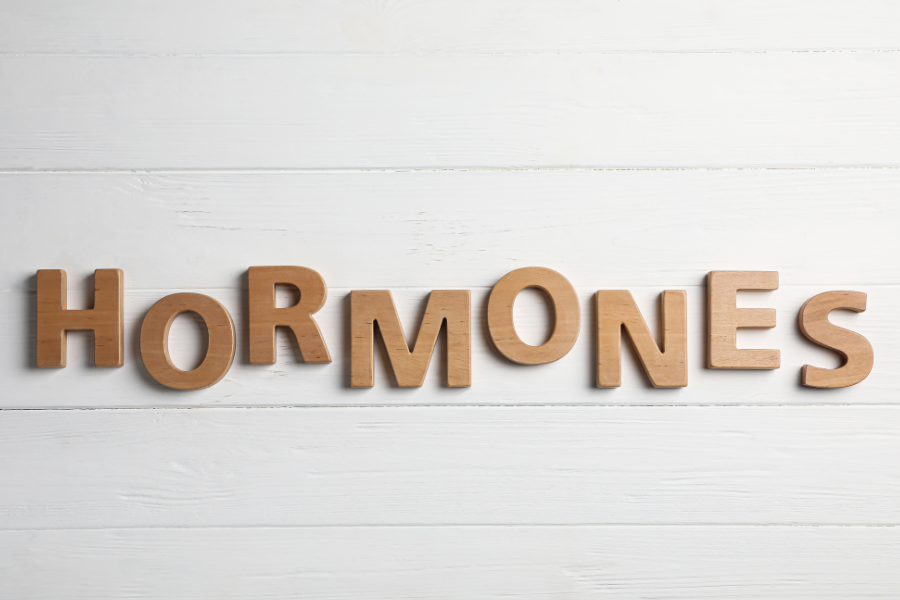In our modern world, we are surrounded by a myriad of everyday products that seem harmless. However, unbeknownst to many, some of these products contain hormone-disrupting chemicals that can wreak havoc on our delicate hormonal balance. With the increasing prevalence of hormone imbalance-related issues, it is crucial to understand the top 12 hormone-disrupting chemicals, their effects, and explore safer alternatives.
Understanding Hormone Disruption
Hormones are responsible for regulating various bodily functions, including growth, metabolism, reproductive health, and mood regulation. Hormone-disrupting chemicals interfere with this delicate balance by mimicking, blocking, or altering the natural hormones in our bodies. Prolonged exposure to these chemicals can lead to hormone imbalance, causing a wide range of adverse health effects.
The Top 12 Hormone-Disrupting Chemicals
- Bisphenol A (BPA): Commonly found in plastic containers, food cans, and thermal paper, BPA can mimic estrogen, leading to hormonal imbalances and associated health risks.
- Phthalates: These chemicals are often present in personal care products, plastics, and PVC materials. They can disrupt the endocrine system and are linked to reproductive issues and developmental abnormalities.
- Parabens: Frequently used as preservatives in cosmetics and personal care items, parabens can mimic estrogen, potentially disrupting the hormonal balance.
- Perfluorinated Chemicals (PFCs): Found in non-stick cookware, stain-resistant fabrics, and food packaging, PFCs can cause disruptions in hormone production and metabolism.
- Organophosphate Pesticides: Widely used in conventional agriculture, these pesticides can interfere with the normal functioning of the endocrine system, leading to hormone imbalances.
- Synthetic Fragrances: Commonly found in perfumes, air fresheners, and scented products, synthetic fragrances can contain phthalates and other potentially hormone-disrupting chemicals.
- Triclosan: Frequently used in antibacterial soaps, toothpaste, and cleaning products, triclosan has been linked to hormone disruption, especially regarding thyroid function.
- Glycol Ethers: Often found in cleaning products, paints, and cosmetics, glycol ethers are suspected to disrupt hormonal systems and reproductive health.
- Atrazine: A widely used herbicide in agriculture, atrazine has been linked to disruptions in the hormonal balance of both animals and humans.
- Lead: Found in old pipes, paint, and contaminated soil, lead exposure can interfere with the normal functioning of the endocrine system.
- Mercury: Exposure to mercury, primarily through contaminated seafood, can disrupt hormonal pathways and adversely affect reproductive health.
- Flame Retardants: Used in furniture, electronics, and textiles, flame retardants can interfere with hormone signaling and have detrimental effects on reproductive health.
The Impact and Symptoms of Hormone Imbalance
Hormone imbalance can manifest in various ways, including:
- Irregular menstrual cycles and fertility issues
- Mood swings, depression, anxiety, and irritability
- Weight gain or difficulty losing weight
- Fatigue and low energy levels
- Sleep disturbances and insomnia
- Skin problems, such as acne and dryness
- Changes in libido and sexual function
It is essential to recognize these symptoms and address the underlying causes to restore hormonal balance and overall well-being.
Seeking Safer Alternatives
To reduce our exposure to hormone-disrupting chemicals, we can consider adopting safer alternatives:
- Choose glass or stainless steel containers instead of plastic for food storage.
- Opt for personal care products that are free from phthalates, parabens, and synthetic fragrances.
- Use chemical-free cleaning products or make your own using simple ingredients like vinegar and baking soda.
- Consume organic foods to minimize pesticide exposure.
- Be mindful of the products you bring into your home, checking labels for harmful chemicals.
- Be proactive in advocating for stricter regulations and transparency in product labeling.
By making these small changes, we can reduce our exposure to hormone-disrupting chemicals and protect our hormonal balance.
Conclusion
Hormone-disrupting chemicals found in everyday products pose a significant threat to our hormonal health.
Recognizing the top 12 hormone disruptors and their potential effects allows us to make more informed choices about the products we use.
By embracing safer alternatives and advocating for change, we can create a healthier environment for ourselves and future generations.
Get your Beginners Guide To Creating A Healthy Toxin-Free Home
Follow on Social Media: Facebook | Instagram | TikTok | Pinterest
If you need help finding other non-toxic products for your home and don’t know where to start, I have put together some of my favorites here to help you out!



